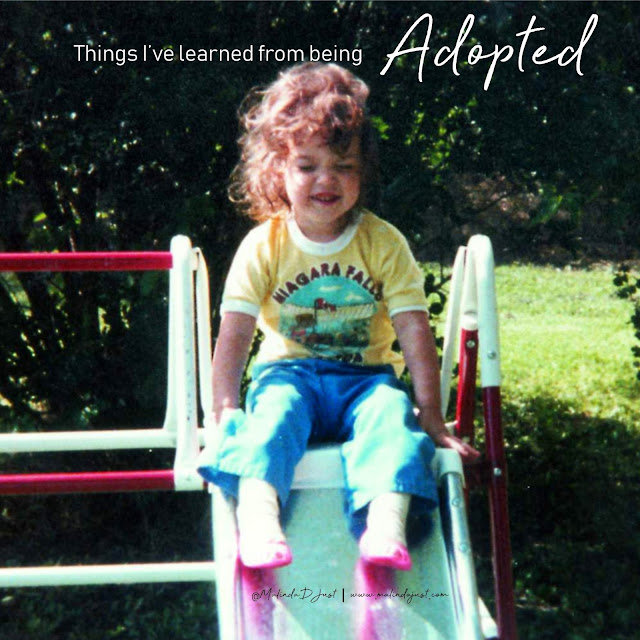CLAIM: Connecting past to present
I haven’t been in a set of starting blocks for more than 10 years, and yet I can still feel the sensation of pressure between the track and my fingers as I waited for the gun to crack. I can still remember my routine I used to enter the blocks—strategizing to be the last one in and the fastest one out.
 |
| Playing at the Olympic training center in CO (2004) |
I can feel the force exerted as I exited the blocks, my spikes gripping the track as I used the momentum to spring forward into a controlled lean for the first three to four strides and finally coming to rest in an all-out sprint.
I recall the competitiveness I felt as I pulled ahead in the middle lane, willing myself to go even faster. I can hear the crowd, knowing my parents were there, but only hearing collective noise. And then I can feel myself breaking through the finish line string and using some extra track to put on the brakes.
After that, I relive the chaos as hand-pickers flooded the track, showing each competitor her time. I can feel myself breathing a labored word of thanks to the person who brought me my time, and walking off the track to find my warm-ups.
The race itself only lasted 12.5 seconds. And yet those 12.5 seconds, plus the before and after, holds memory after memory.
And now, when I see a set of blocks while I’m at practice—I’m already in my fourth season coaching middle and high school track for USD 410—I consistently have a strong urge to set the blocks for myself. My muscles itch to feel the power and force of coming out of the starting blocks.
But why is that?
 |
| Coaching for HHS/HMS (2015) |
Over the course of the past year, I’ve spent time reading about behavior and the brain. And I’ve learned that memory is about association.
According to professionals Daniel Siegel and Tina Bryson in their book, “The Whole-Brain Child,” it is a common myth that memory is a mental file cabinet where you can simply open a drawer and recall a memory.
Instead, when the brain processes something in the present—ideas, feelings, smells, images—it links the current experience with previous experiences. And the past largely influences what is thought or felt in the present.
In my past, I experienced positive race results over and over. Therefore, seeing starting blocks brings back those positive memories and my body reacts, wanting to experience the race-rush all over again.
The brain is amazing.
One experience causes specific neurons to fire, and then those neurons can get wired to neurons from a different experience, thus connecting the two.
Once an event is experienced, the memories can be triggered.
According to Siegel and Bryson, “The trigger might be an internal event—a thought or a feeling—or an external event that the brain associates with something from your past.
 |
| G's first track meet (2015) |
Regardless, this triggered memory then sets up expectations for the future. The brain continually prepares itself for the future based on what happened before. Memories shape our current perceptions by causing us to anticipate what will happen next.
“Our past absolutely shapes our present and future.”
But that doesn’t mean it defines it.
The past only defines the future when memory lacks integration between the internal and external.
Unlike my track memory, the past isn’t always positive. Things go wrong, and the brain processes the bad, just as it does the good. Neurons still fire and connect. And the more times the negative connection is traveled, the deeper the toxicity is ingrained. That’s why rooting out some of the negative beliefs that I’ve held since childhood didn’t happen overnight.
 |
| J's first track meet (2015) |
I’ve learned that owning my emotions is the first step for me to take my thoughts captive. Even simply using “I statements” (I feel mad, I feel sad, I feel confused) to myself and in prayer have gone a long way in renewing my thoughts and re-training my brain.
Sometimes, as Christine Caine says, the pain of recovery is worse than the actual injury. But isn’t recovery worth it? Our culture is one of quick fixes and Band-Aids, but in the long run, that isn’t healthy or lasting. I’m serious about my recovery, and I have every intention to make it lasting. I’m ready to own it, past and all.
And just maybe that will mean getting back into the starting blocks, waiting for the gun to crack, and running the rest of the race with fierce determination and endurance.
This essay was originally published as my Lipstick & Pearls column (Brain connects past to present) in the April 20 edition of the Hillsboro Free Press.


Comments
Post a Comment